Refine listing
Actions for selected content:
2250 results in Cambridge Elements
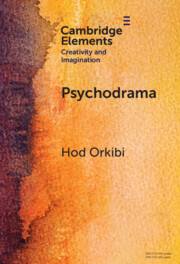
Psychodrama
- A Creative Method to Survive and Thrive
-
- Published online:
- 14 July 2025
- Print publication:
- 07 August 2025
-
- Element
-
- You have access
- Open access
- HTML
- Export citation
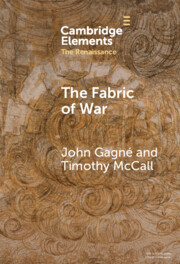
The Fabric of War
- The Material Culture and Social Lives of Banners in Renaissance Europe
-
- Published online:
- 14 July 2025
- Print publication:
- 14 August 2025
-
- Element
- Export citation

Decolonial Deep Mapping
-
- Published online:
- 12 July 2025
- Print publication:
- 14 August 2025
-
- Element
- Export citation
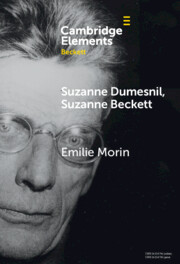
Suzanne Dumesnil, Suzanne Beckett
-
- Published online:
- 04 July 2025
- Print publication:
- 24 July 2025
-
- Element
- Export citation
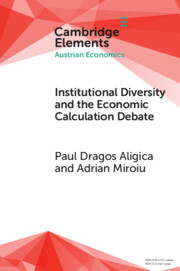
Institutional Diversity and The Economic Calculation Debate
- The Feasibility Issue Revisited
-
- Published online:
- 04 July 2025
- Print publication:
- 24 July 2025
-
- Element
- Export citation
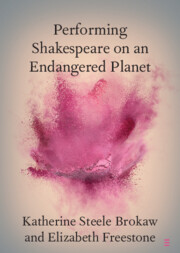
Performing Shakespeare on an Endangered Planet
-
- Published online:
- 02 July 2025
- Print publication:
- 24 July 2025
-
- Element
-
- You have access
- HTML
- Export citation

Attitudes toward Political Authoritarianism in Economically Advanced Democracies
- The Role of Gender Values and Norms
-
- Published online:
- 02 July 2025
- Print publication:
- 31 July 2025
-
- Element
- Export citation
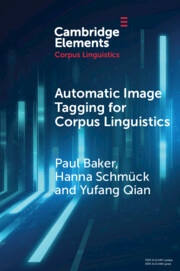
Automatic Image Tagging for Corpus Linguistics
- A Multimodal Study of News Representations of Islam
-
- Published online:
- 02 July 2025
- Print publication:
- 24 July 2025
-
- Element
-
- You have access
- Open access
- HTML
- Export citation

The Invention of Colonialism
- Richard Hakluyt and Medieval Travel Writing
-
- Published online:
- 30 June 2025
- Print publication:
- 24 July 2025
-
- Element
- Export citation
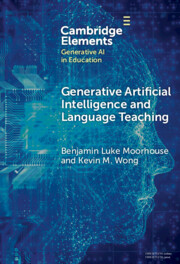
Generative Artificial Intelligence and Language Teaching
-
- Published online:
- 26 June 2025
- Print publication:
- 24 July 2025
-
- Element
- Export citation
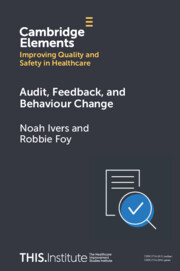
Audit, Feedback, and Behaviour Change
-
- Published online:
- 24 June 2025
- Print publication:
- 17 July 2025
-
- Element
-
- You have access
- Open access
- HTML
- Export citation
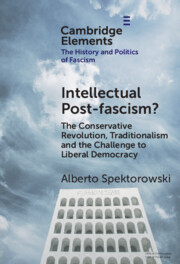
Intellectual Post-fascism?
- The Conservative Revolution, Traditionalism and the Challenge to Liberal Democracy
-
- Published online:
- 23 June 2025
- Print publication:
- 10 July 2025
-
- Element
- Export citation

Esoteric Orientalism
-
- Published online:
- 23 June 2025
- Print publication:
- 10 July 2025
-
- Element
- Export citation
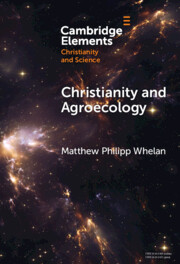
Christianity and Agroecology
-
- Published online:
- 17 June 2025
- Print publication:
- 21 August 2025
-
- Element
- Export citation
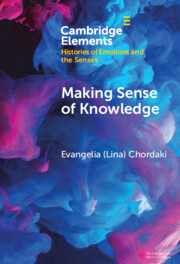
Making Sense of Knowledge
- Feminist Epistemologies in the Greek Birth Control Movement (1974–1986)
-
- Published online:
- 17 June 2025
- Print publication:
- 03 July 2025
-
- Element
- Export citation
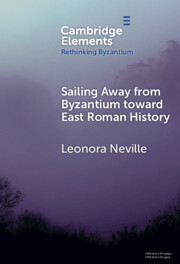
Sailing Away from Byzantium Toward East Roman History
-
- Published online:
- 16 June 2025
- Print publication:
- 03 July 2025
-
- Element
- Export citation

Leadership by Example
-
- Published online:
- 16 June 2025
- Print publication:
- 17 July 2025
-
- Element
- Export citation
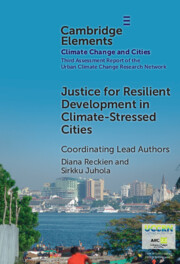
Justice for Resilient Development in Climate-Stressed Cities
-
- Published online:
- 12 June 2025
- Print publication:
- 10 July 2025
-
- Element
-
- You have access
- Open access
- HTML
- Export citation
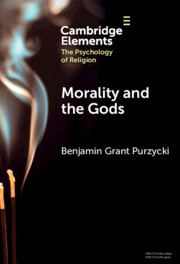
Morality and the Gods
-
- Published online:
- 11 June 2025
- Print publication:
- 10 July 2025
-
- Element
- Export citation
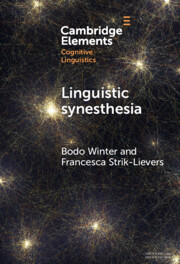
Linguistic Synesthesia
- A Meta-analysis
-
- Published online:
- 11 June 2025
- Print publication:
- 03 July 2025
-
- Element
- Export citation
